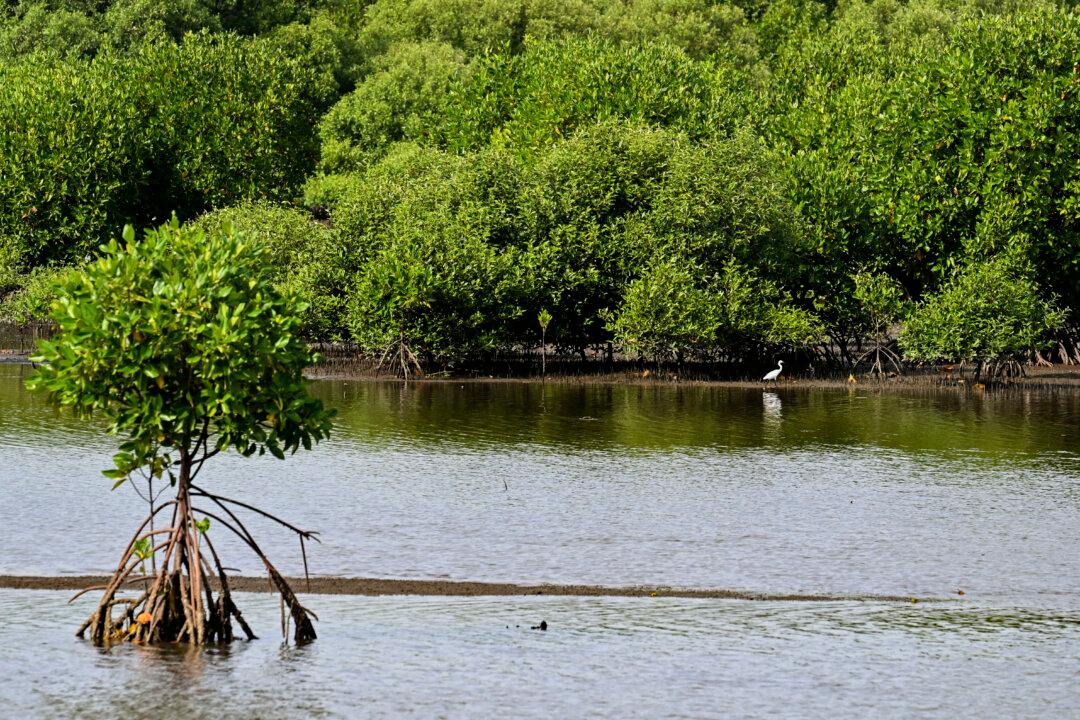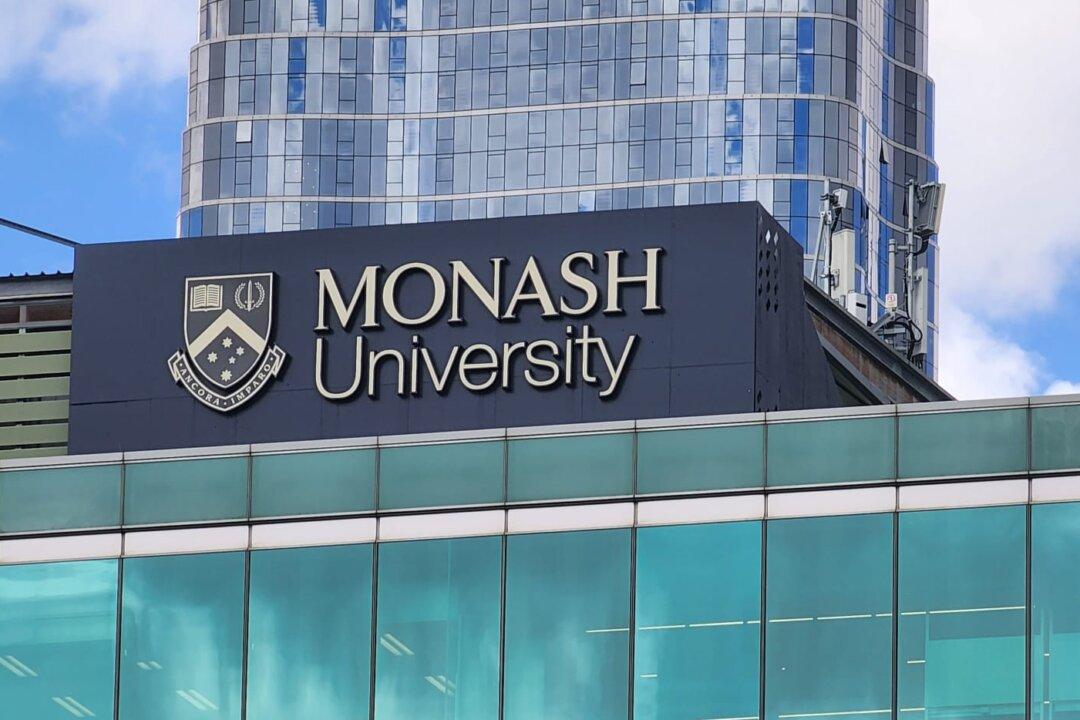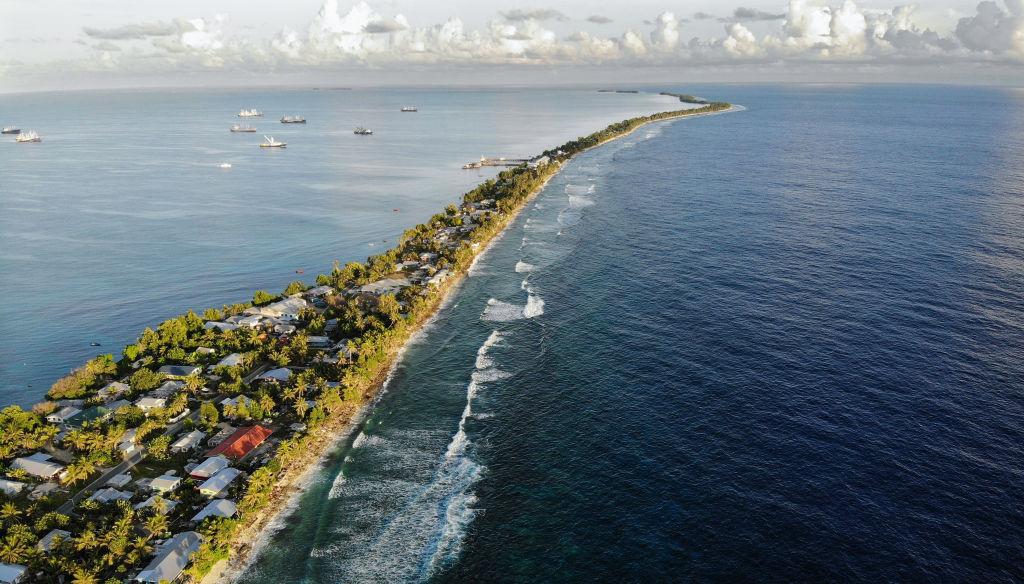Australia’s first blue carbon farm is coming to Queensland’s Sunshine Coast, set to create a sprawling mangrove ecosystem on the lower Maroochy River floodplain at Yandina.
The operation aims to restore the river’s ecosystem, encouraging seagrasses, tidal marshes, and mangroves to thrive and generating carbon credits which can be sold or used towards net-zero targets.





